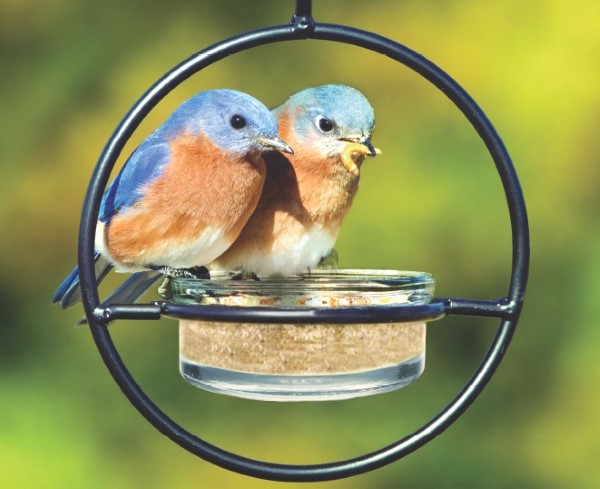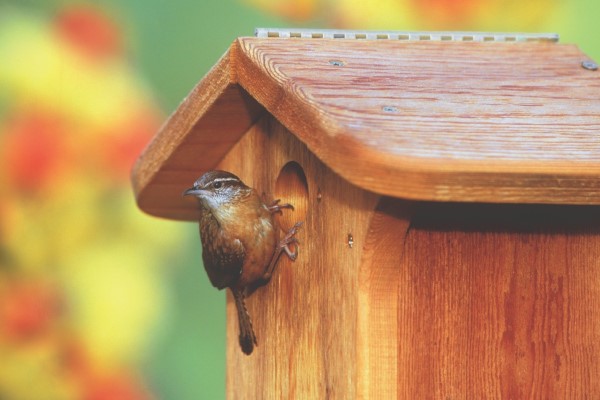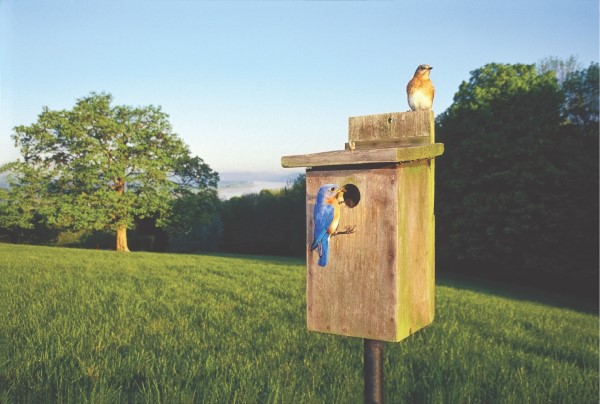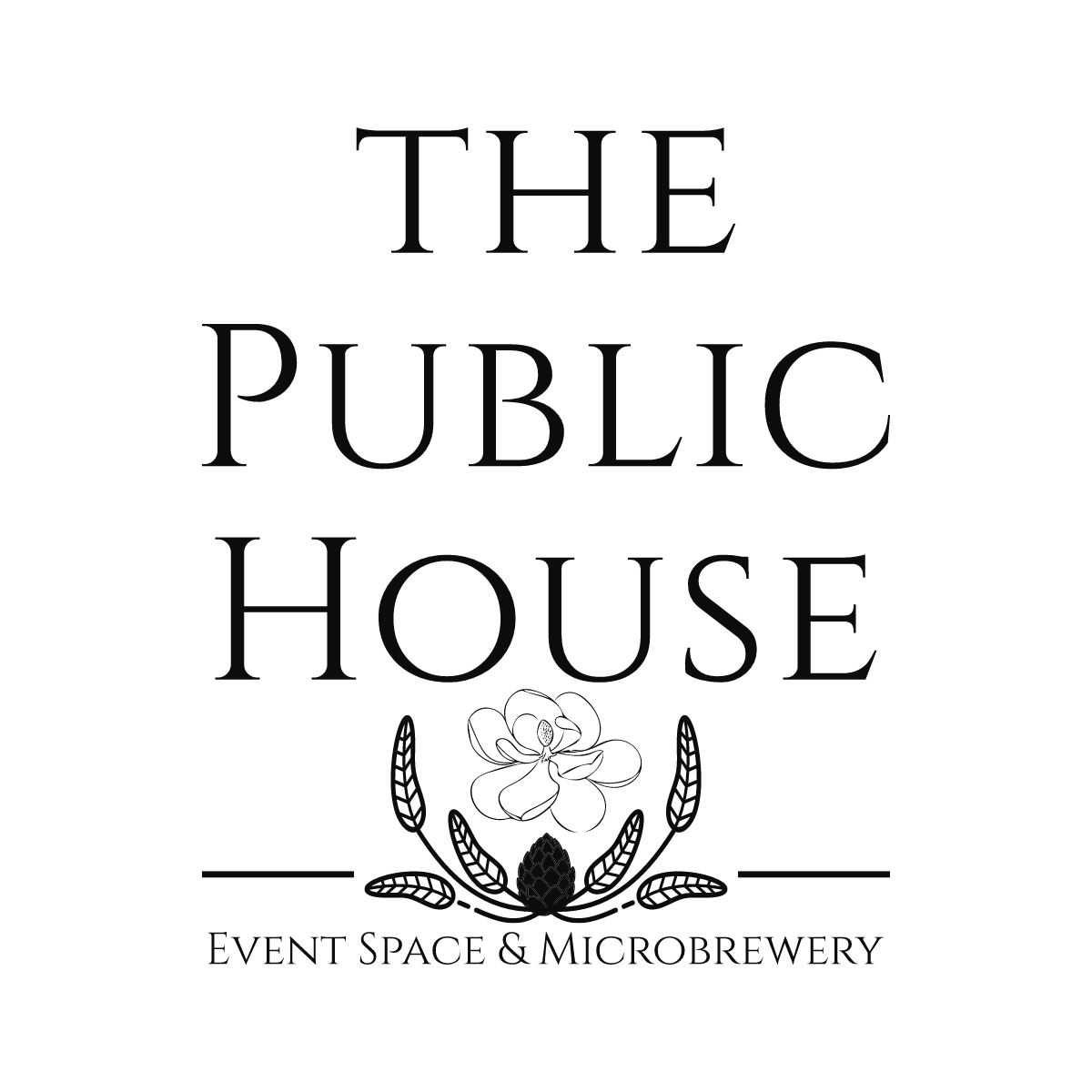
During the spring, hundreds of wild bird species return from their tropical wintering grounds to nest and raise their young. This massive migration brings the greatest opportunity of any season to attract birds by providing nesting materials and safely located nesting boxes.
With birds expending so much energy migrating, courting, and looking for food, these helpful additions will make their lives a little easier.
Since few hollow trees remain in cities and suburban yards, man-made nesting boxes have been credited with helping to increase the previously declining populations of cavity-dwelling wild birds such as bluebirds. Bluebird enthusiasts across the continent have created miles of bluebird trails consisting of bluebird nesting boxes placed at appropriate intervals.

“A bird’s primary consideration when choosing a nesting site is security,” said Joann Royer of Murfreesboro Wild Birds Unlimited. “Protection from predators and proximity to food is of vital importance to the success of a bird’s offspring.”
There are many different styles of nesting boxes available, including those that are decorative and bird-specific. Royer recommends that before purchasing a nesting box, one should be sure that it meets these six requirements:
1. Designed for the species, according to a bird’s size and nesting requirements
2. Ventilation holes to provide a release for heat buildup
3. Easily cleaned
4. Easily mounted or hung
5. Durable enough to withstand several seasons of use
6. Drainage holes in the bottom of the house

“It is entertaining and educational to watch birds as they go through the many stages of their lives, including choosing a nest site, making the nest, laying eggs, feeding their hatchlings, and then, watching the fledglings as they venture out on their own,” Royer said.
For more information about nesting boxes and nesting materials, visit Murfreesboro Wild Birds Unlimited for expert advice to help bring the joy of bird feeding into your backyard. To shop online, visit wbu.com/murfreesboro.












